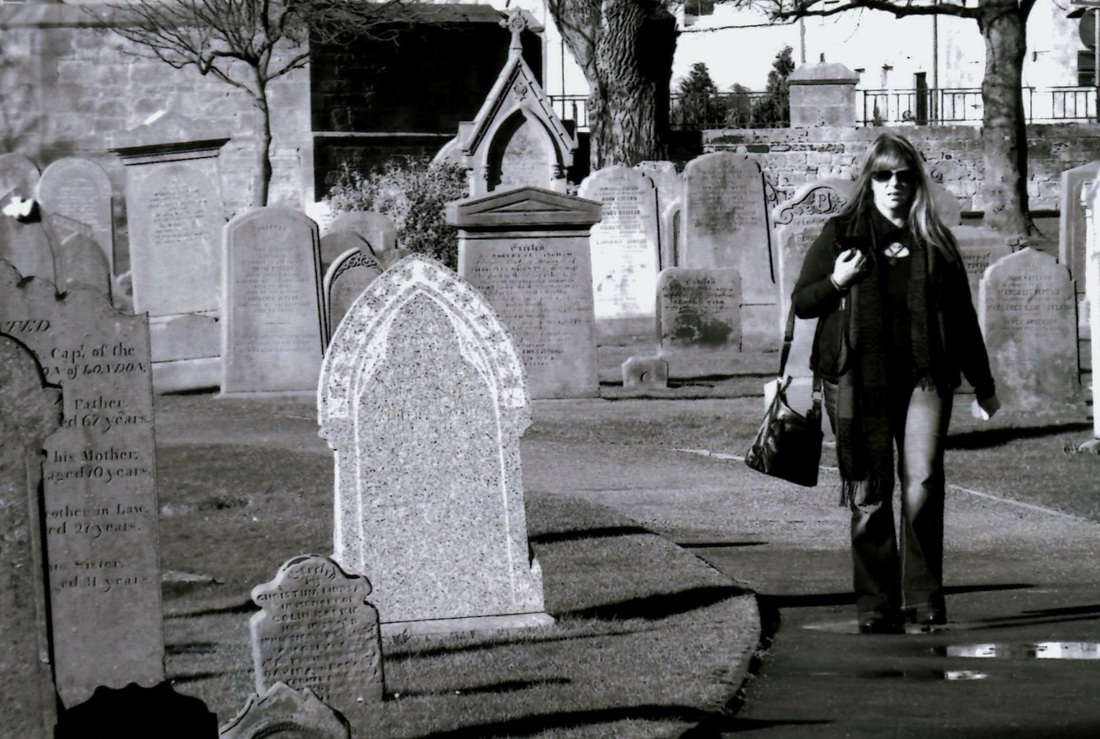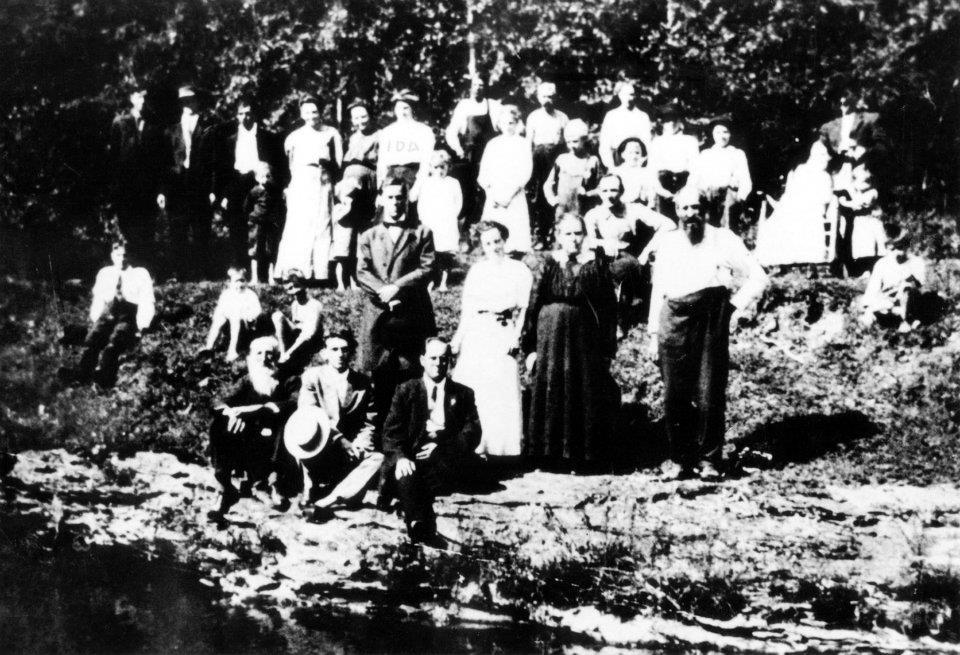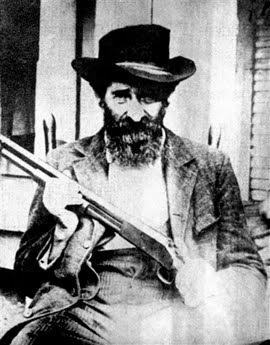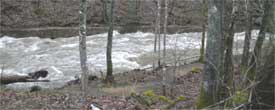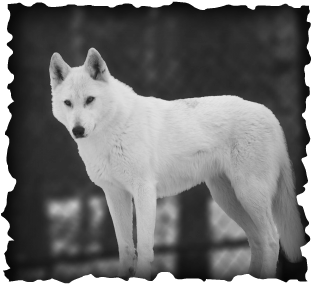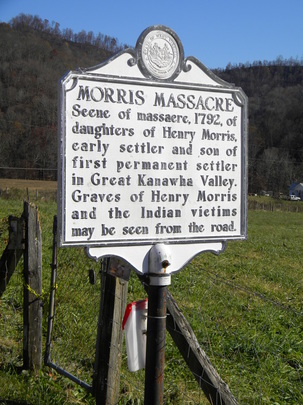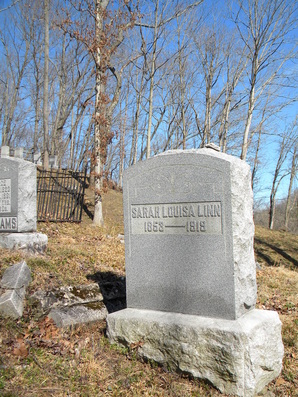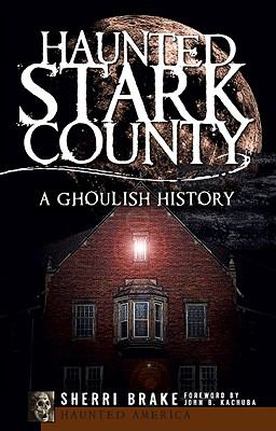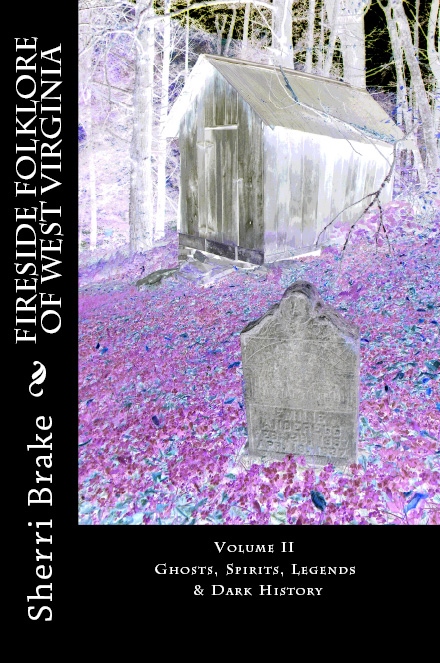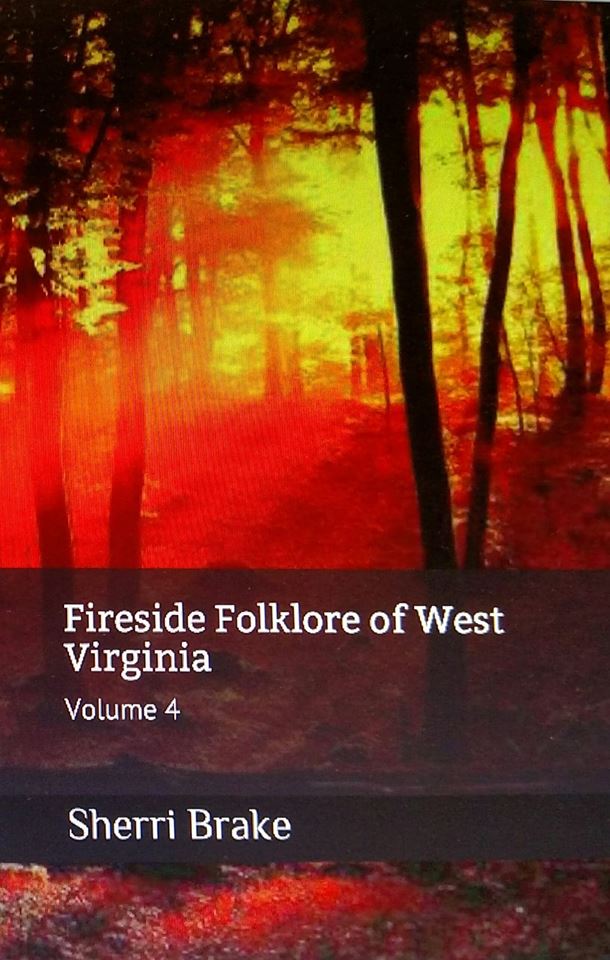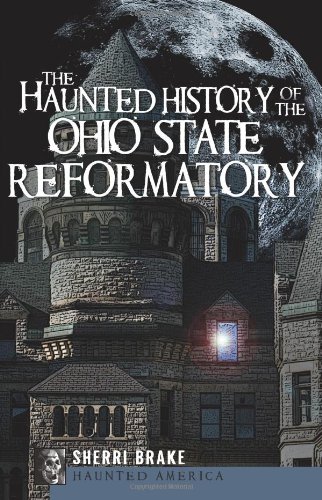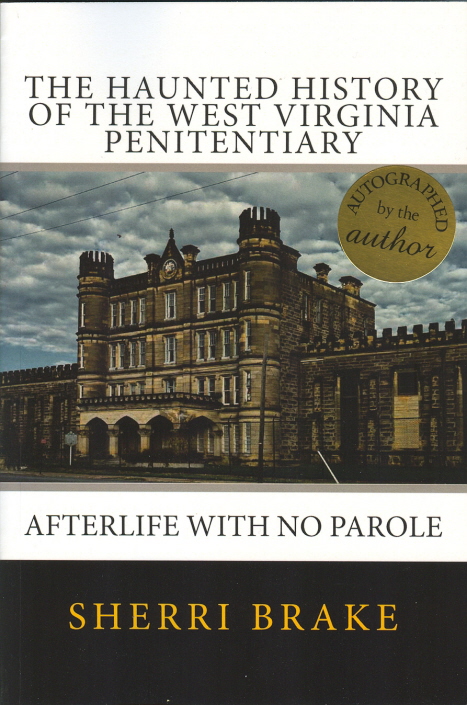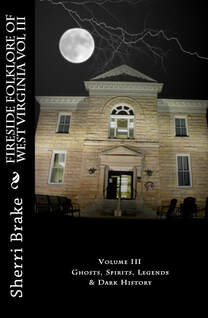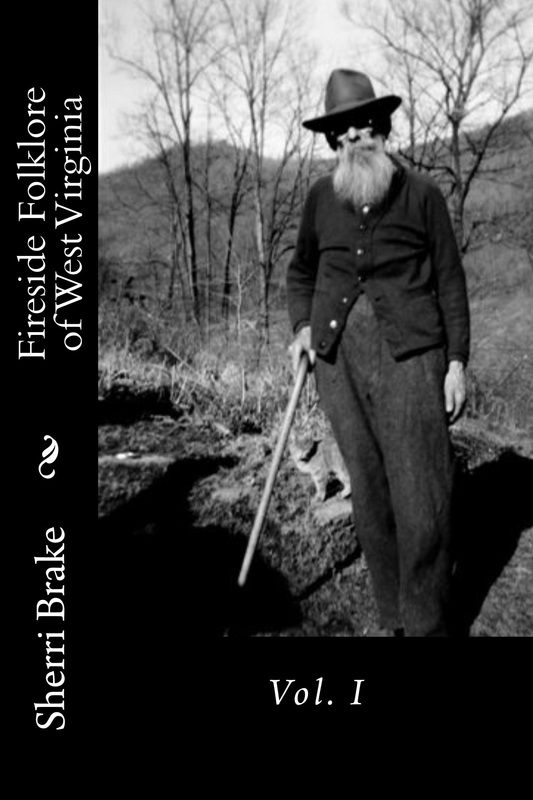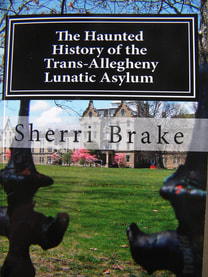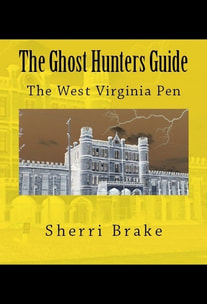HAUNTED HEARTLAND TOURS
A sampling of Haunted History
Articles by Sherri Brake
|
These things I love.
Dark history. Haunted locations that seem to beckon you inside. A full moon night when the wind is silent. Ancient stones in old graveyards. A great ghost story that holds your attention. You have come to the right place. I can give you everything BUT the full moon. You will have to arrange that one for yourself. If you know me, you know I love to share history, ghost stories, folklore and gravestone symbolism. Over the last 18 years of owning and operating Haunted Heartland Tours, I've had thousands of opportunities to explore haunted locations, interview people who have had experiences and visit many, many historical sites all over the world. I hope to share a bit of these with you in a sampling of some of my columns and articles I have put together over the years. The article below feature locations in the state of West Virginia. Please enjoy! |
The Headless
|
The Hatfield Ghost Procession
|
The Incident on
|
|
The White Wolf
of French Creek Upshur County WV Dating back to pioneer days, Western Virginia has had more than its share of weird and unusual creatures seen in hollers, up in the mountains and deep in the green expanse of forests. One such unusual creature is the white werewolf -like creature that appears in folklore. This tale comes to us from Upshur County in the area of French Creek. During the mid 1800′s there was an unusual sighting of a white creature that roamed around the outskirts of French Creek. Townspeople were frightened as the last wolf sighting had been quite a few years prior to the sighting of this albino colored animal. One farmer said that the white beast had killed several of his sheep and escaped after being shot three times. Later in the same month, this phantom creature stalked the French Creek area and this time, was shot at very close range by his hunters. The wolf had succeeded in killing various farm animals and pets while evading death itself. People were beginning to whisper that the creature was a supernatural entity and feared that a human may fall victim to its gnashing fangs. Bill Williams was a local in the French Creek area and had been a well known wolf hunter in earlier years when wolves dominated the countryside. He had killed hundreds of wolves in the past and became wealthy due to the bounties paid upon presentation of a wolf carcass. He had also sworn to never take up a rifle to kill a wolf again but his view was soon to change. The wolf’s latest kill was one of Bill’s cows and Bill set out with his trusted rifle to track the murderous animal and put an end to the towns apprehension. Using a lamb tied to a stake in an area where he figured the wolf would attack, Bill waited in the darkness figuring a quick kill. The next morning, to the horror of local townspeople, Bill Williams, the great wolf hunter was found dead. The lamb was unharmed, alive and still tied to the wooden stake. Bill had suffered greatly and lay dead and cold. Apparently, the corpse had been the victim of a grisly death. His neck had been ripped and mostly torn from the stiff body with no traces of blood, or paw tracks anywhere. Many believed the White Wolf was a ghostly avenging entity that struck Bill down because he broke a vow to never hunt wolves again. Others believed the wolf was a demon of sorts, exacting death at will again and again. Across the state of West Virginia, white wolves continue to be seen again and again and always escape death or capture by simply seeming to disappear into the night air. Elkins has also had its share of white wolf sightings. These sightings always occur on full moons, just like on television and in folklore. All attempts to catch or kill the white predator are in vain. The evasive carnivore returns full moon after full moon, filling its stomach with its prey time and time again. As you sit outside on these beautiful West Virginia summer nights huddled next to the campfire, try not to think of the bloodthirsty white wolves that may be lurking just beyond the tree line. Or maybe you tend to roll your eyes at stories such as this? As the shadows around your campfire move to and fro, believer of this tale or not… better throw another log on the fire. |
The Morris Massacre
and the Peggy Apple Nicholas County WV The pioneers were a sturdy bunch. They had to be…they had no choice. Death, starvation and sickness were common. Fear of the Native American Indians caused many a sleepless night. Henry Morris had married himself a young girl from Virginia. Mary Bird came from Bath County where she and her sister had been captured during an Indian raid. They lived seven years with their captors before escaping. Mary well knew the dangers of the pioneering live but none the less, followed Henry into what is now Nicholas County. To this union were born seven daughters and one son. One fall day in 1790, a man appeared at the cabin appearing to be a friendly Indian. The man and Henry became friends and they spent the winter hunting together. In the spring of 1791, Henry made a solo trip to nearby Fort Clendenin where he spoke to others about his native friend back at Peters Creek. Some cautioned Henry that the stranger could be the renegade, Simon Girty. Girty was a dangerous man to be around and Henry knew this. He was told that Girty had a deep scar across the forehead and that he should look close for this telltale sign which would alert him to his dangerous house guest. Henry returned home and upon arriving, grabbed his friend while pushing his long hair back from his face. Indeed, a scar was present and Henry realized the danger he had exposed his family to. Girty had murdered many men and when he was told to leave immediately he did so with great anger. Things were peaceful enough for a few months after that. In the summer of 1791, Henry killed a bear and when he was walking back thru the forest. He noticed his dogs acting very strangely. He returned home and was asked by his wife if two of their daughters could go get the cows. The girls, Margaret (Peggy) and Betsy went up the path towards Conrad Young’s cabin. It was there that they met danger. Their parents heard the screams and within seconds, Henry had his gun and was making tracks. He found Peggy lying in the path almost within sight of the cabin. She had been tomahawked and her back appeared broken. She died before he could get her back to the cabin and to her grieving mother. She named a “mysterious stranger” and two Indians as her assailants. Henry hurried out to find Betsy and saw an Indian crossing the creek. He attempted to shoot but his gun failed to fire. Seeing nothing of Betsy and believing she had been carried away, he went back to the cabin. Peggy died after uttering “Father, I am killed.” They found Betsy’s body scalped and thrown into the underbrush when day broke. A rude coffin was shaped from slab wood and the two little sisters were buried in a solo grave. Henry planted an apple tree where Peggy had fallen. Grafts from this tree in orchards of local neighbors preserved the “Peggy Apple” for many years to come. Several years later while Henry visited Fort Clendenin, he saw some of his friends. Among them was an old Native American, who was heavily intoxicated and was bragging about the scalping of Peggy and Betsy. No one knows who this man was but legend says it could have been Simon Girty of one of his accomplices. After he left, Henry Morris followed into the darkness. A shot was heard and no one ever saw the old Indian again. Henry Morris was the son of William Morris, the first permanent settler of the greater Kanawha County area of West Virginia. |
The Spirit of Sis Linn
Gilmer County WV In 1919, actor Charlie Chaplin ruled the motion picture market. The song “Forever Blowing Bubbles” was at the top of the American music charts and the average car cost just $525.00. The pop-up toaster had just been invented and crime rates everywhere were low. Life was good. Perhaps that is what made the violent murder of an innocent woman in a small town in West Virginia more horrifying. Sarah Louisa Linn was born in Fairmont in 1853. Most called her “Sis”. She taught school at several locations in the state before marrying Mr. Chrisman in 1905 and at the matronly age of 52. It is not known why, but her husband abandoned her just six months later. The courts allowed her to take her maiden name back and it was well known that she had acquired a fairly large estate. Sis lived in a house that is now part of the grounds of Glenville State College. In February of 1919, and by an attacker never found, she was beaten to death leaving the town reeling in horror at the violent act. She had been found in her bedroom with an old and bloody club nearby. No valuables were gone and no money had been taken. The assailant was never found. Sis Linn had become an cold case. Several years later, her home was bought and was demolished to make way for the building of a new women’s dormitory. It was named after Verona Mapel. The hall was completed in 1926 and became home to 80 students. The building was later torn down in 1978. Unusual occurrences have happened on campus and many speculate it may be the spirit of Sis Lin who is behind the acts. Most activity reported seems to be centered on Clark Hall and the site of the old Verona Maple Hall. Most activity experienced ranges from strange sounds to the old cemetery gates being left open for no reason. Many stories seemed to circulate by the time the 1970s rolled around with some tales making the schools newspaper, “The Mercury”. Individuals who came forward with stories included staff, students and faculty. One professor stated that she had been in her office on a top floor before the school session started. She heard loud noises like people moving metal desks and throwing things around yet the noises seem to come from all over. She was totally alone. She thought “I wonder if this is Sis Linn?” and suddenly the sounds stopped. Another incident was of a student working alone in the basement of Clark Hall. He heard loud noises coming from up above and when investigating he reached out to turn on the light switch and the lights came on even before he touched the switch. He ran to the top of the steps, and the lights went off casting him into darkness. He then looked down the hall and by the glow of the red exit sign he saw an object about the size of a small black bear. He noticed it looked as if it were swaying back and forth. The light suddenly came back on. Other occurrences are in the form of hearing unexplained noises, feelings of being watched all alone and blinds moving when no one is near and no indoor breeze can be explained. One couple swear they saw a “dense gray mass” rise up from the cemetery grounds located behind Louis Bennett Hall. The curiosities continue to happen on the campus. More recent reports surfaced again in 2010. Some say she is continuing to search for her murderer while others say she just wants attention. If you drive through Glenville during the day, stop at the old cemetery were Sis is buried. Pay your respects, be sincere and say a prayer. Perhaps one day she will find eternal peace. |
Check out our books! All are available in print copy and most are in Kindle.
Click on the book cover to order from Amazon.
Haunted Heartland Tours LLC
Summersville, WV 26651
Haunted Heartland Tours LLC is a registered business in the state of West Virginia
(C)2024 Owner/Director Sherri Brake
Summersville, WV 26651
Haunted Heartland Tours LLC is a registered business in the state of West Virginia
(C)2024 Owner/Director Sherri Brake
